Residential Load Disaggregation and Demand Management Tool
VerifiedAdded on 2022/10/01
|23
|1635
|270
Project
AI Summary
This dissertation project focuses on developing a software tool for residential load disaggregation and demand management. The objective is to accurately estimate the energy consumption of individual appliances within a household using non-intrusive load monitoring (NILM) techniques. The research explores various methodologies, including regression time and average power algorithms, recurrent neural networks, and disaggregation stage analysis. The project also involves the development of a prototype monitoring system and analysis of customer characteristics. The goal is to improve energy efficiency and provide insights for demand response strategies. The project includes MATLAB coding for recurrent neural networks and time series regression analysis. The project aims to address the limitations of existing methods, such as parameter tuning and generalization challenges, by focusing on iterative disaggregation of appliance consumption patterns. The project also discusses the expected results, limitations, and a detailed project plan.
1 out of 23
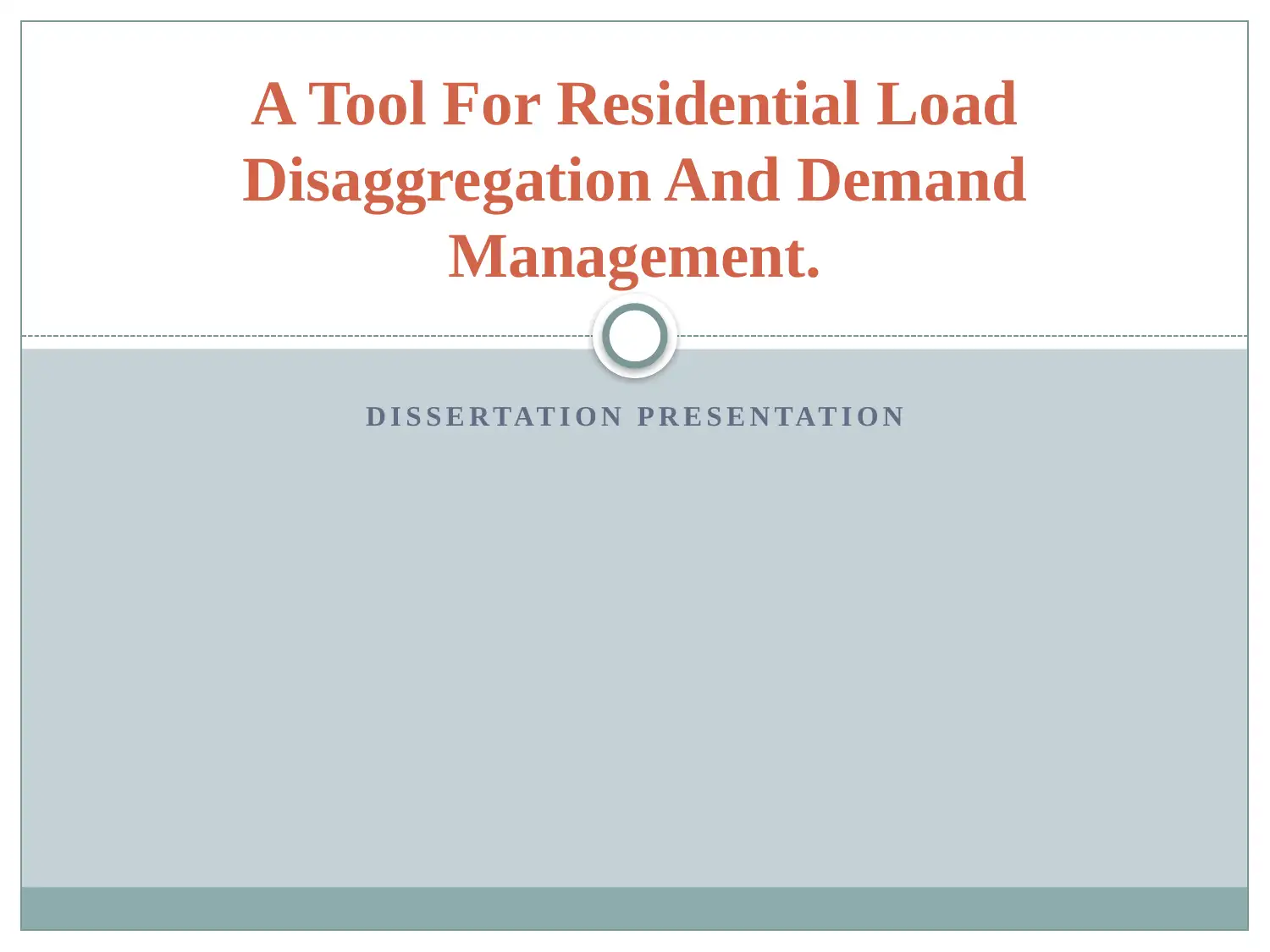
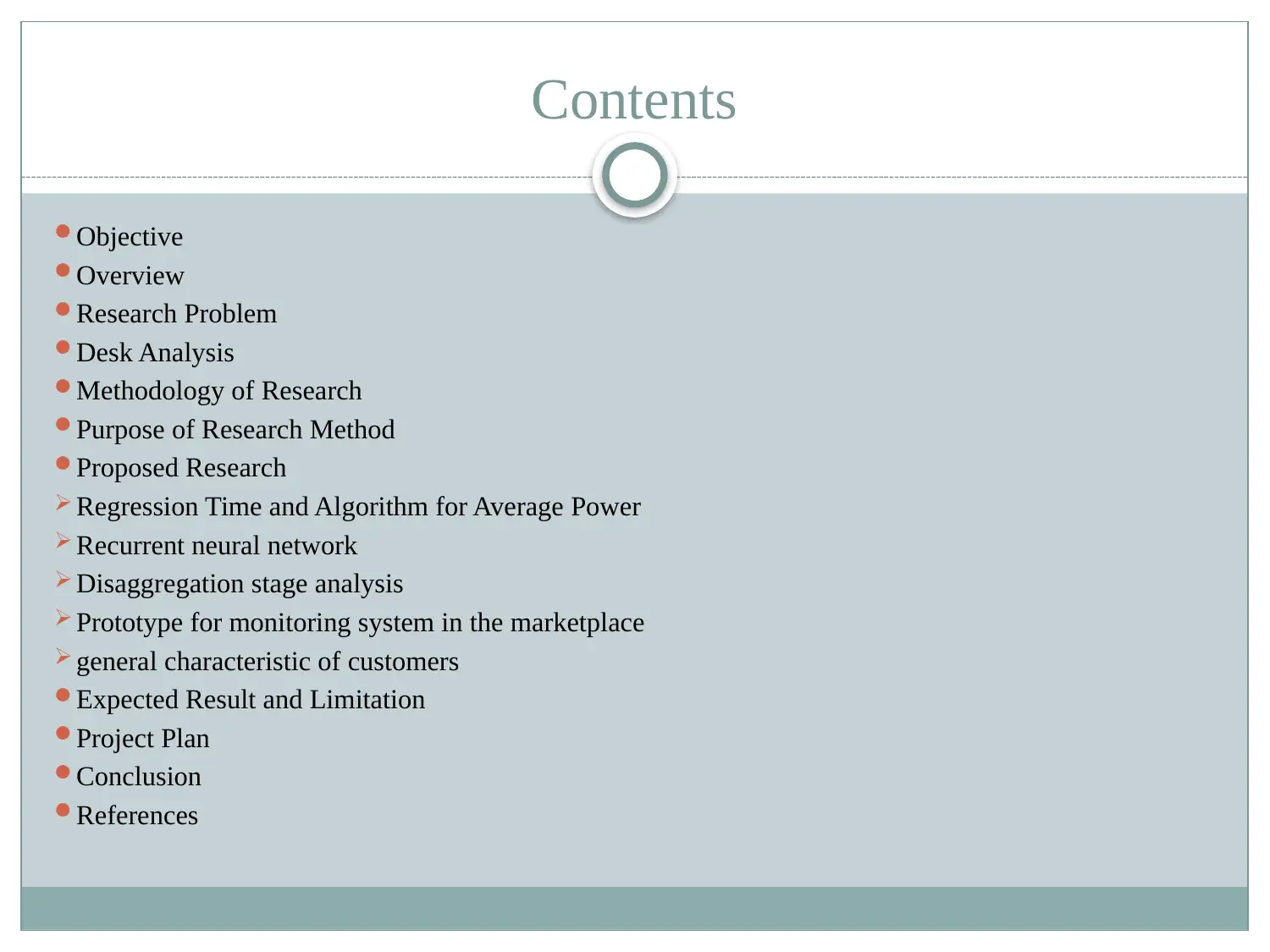
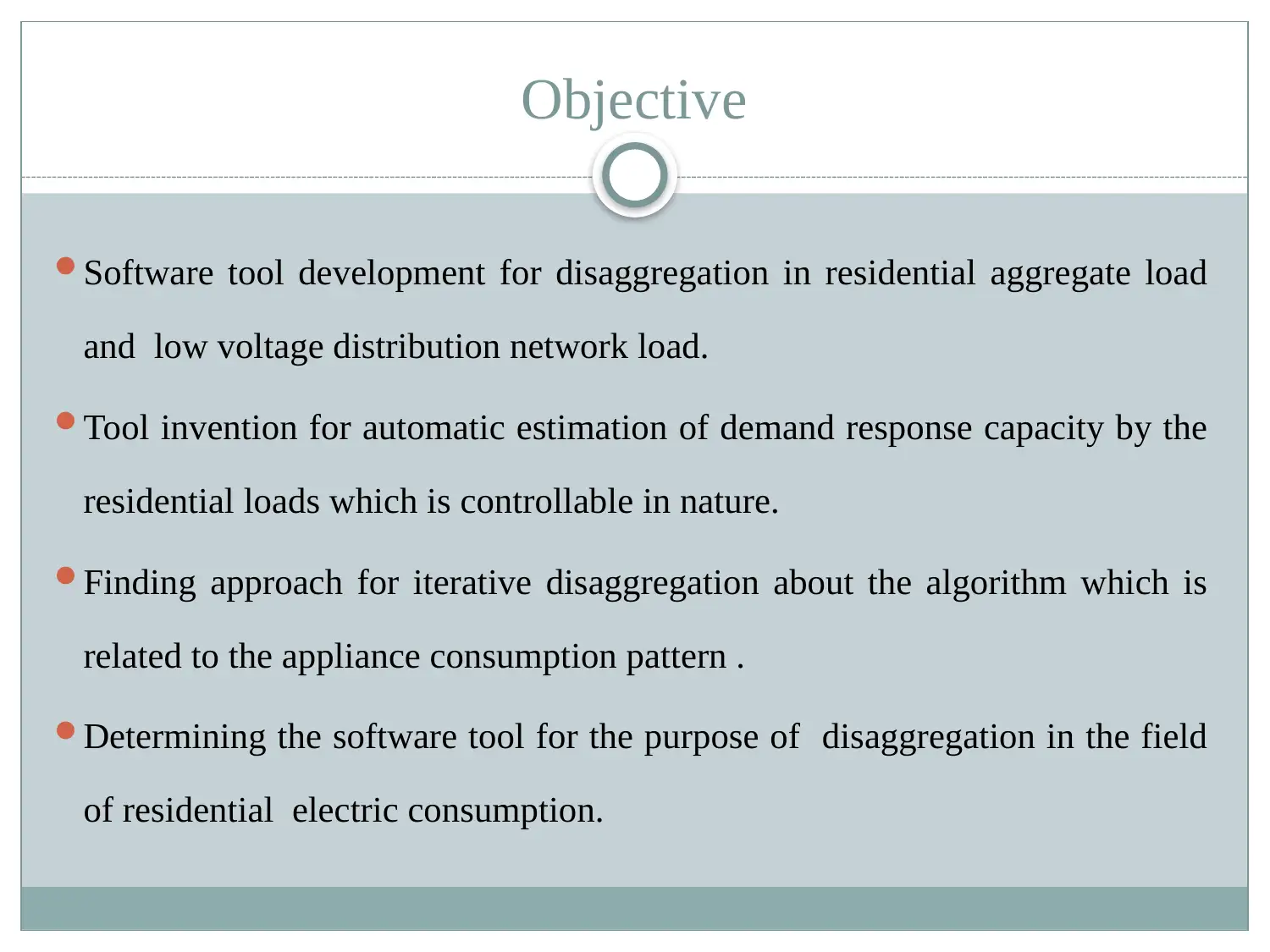

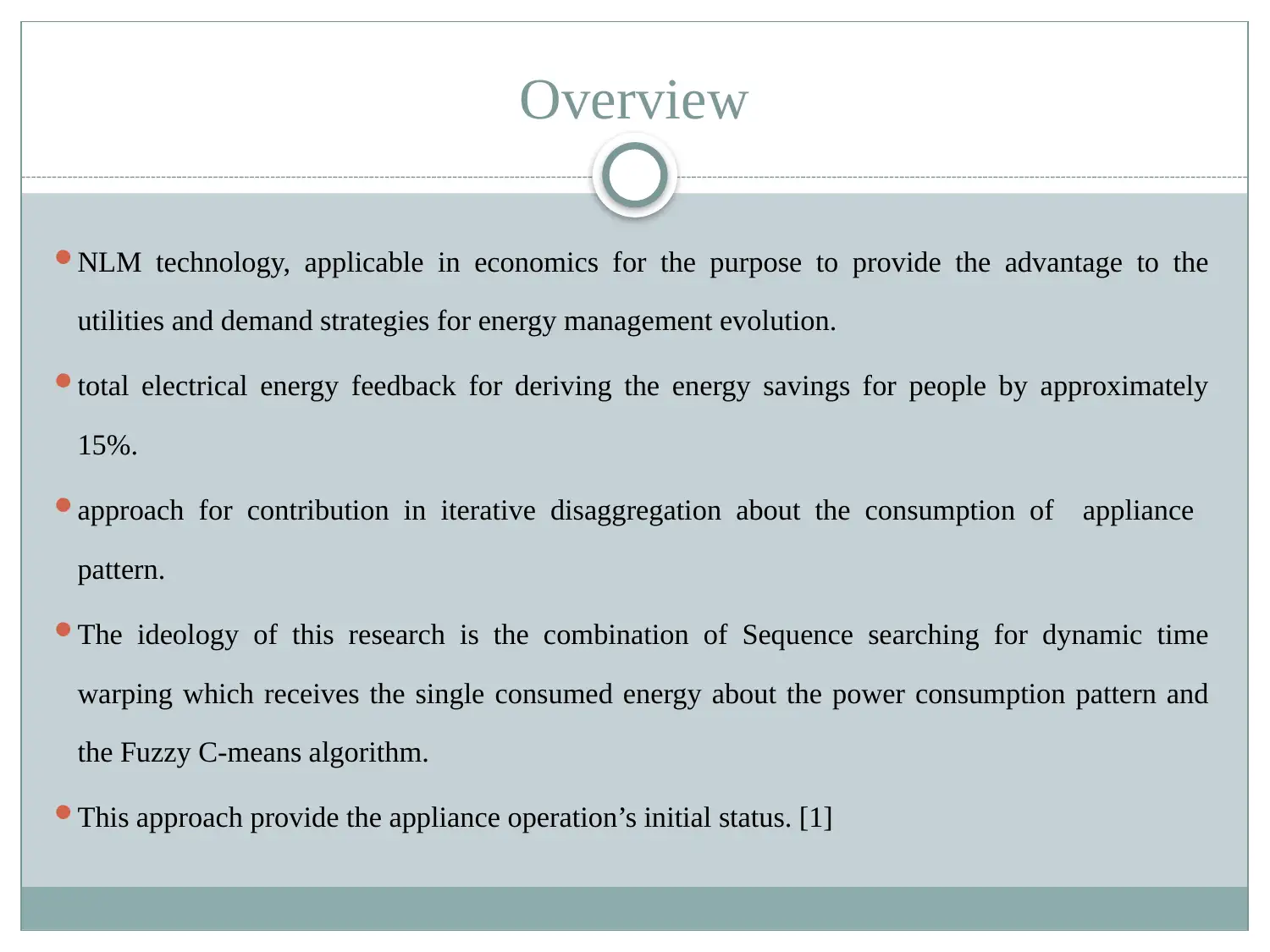
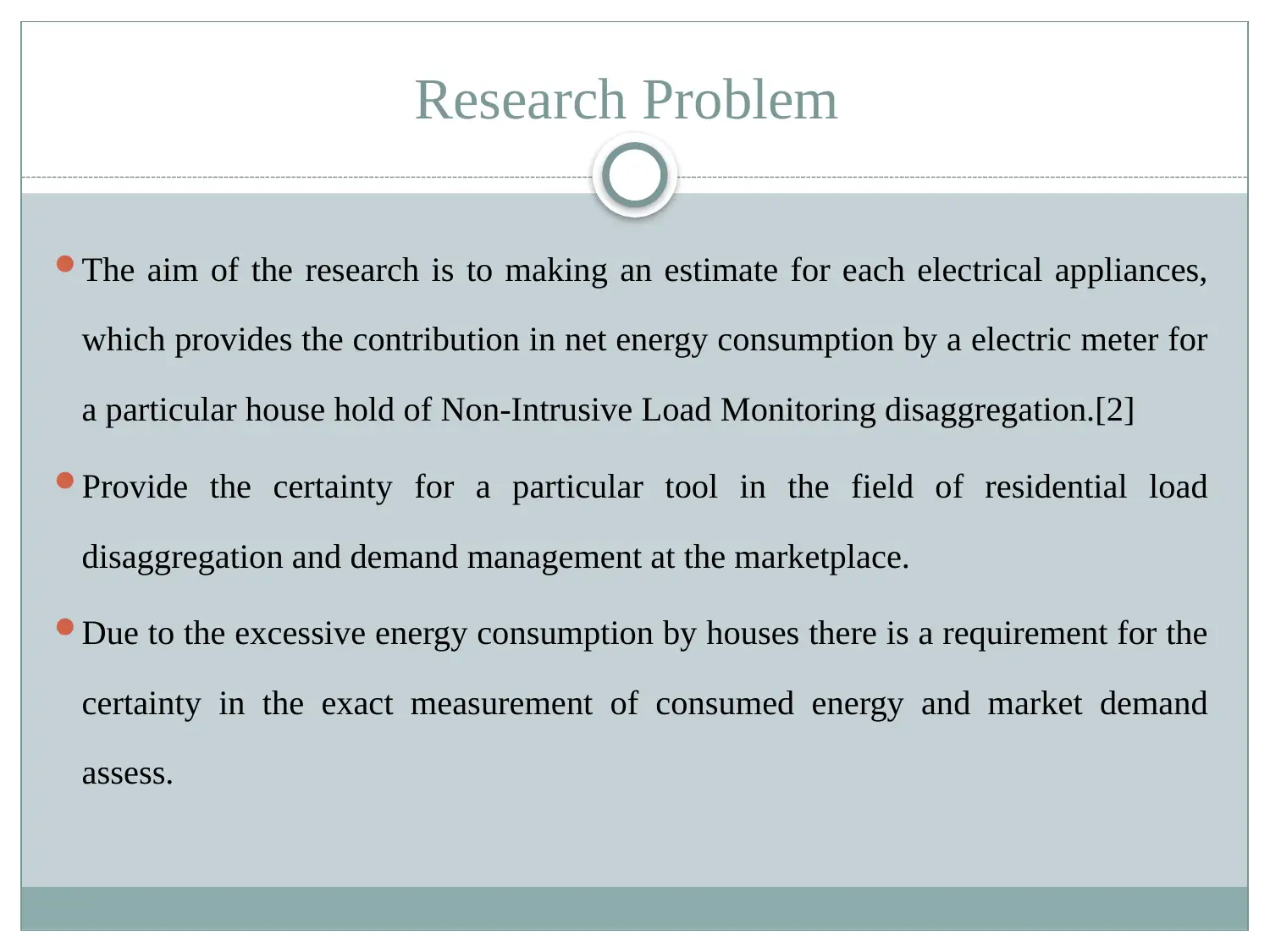
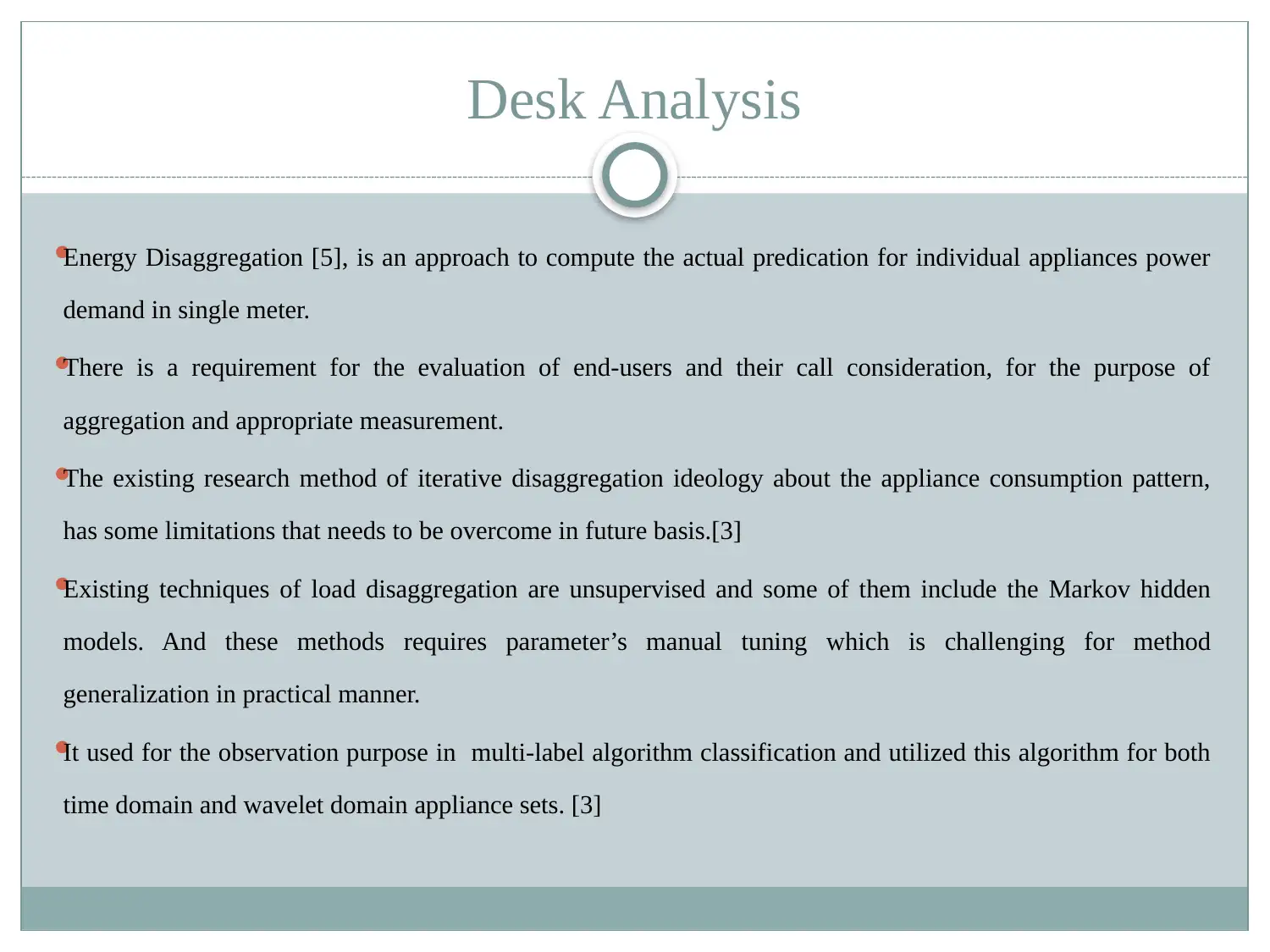
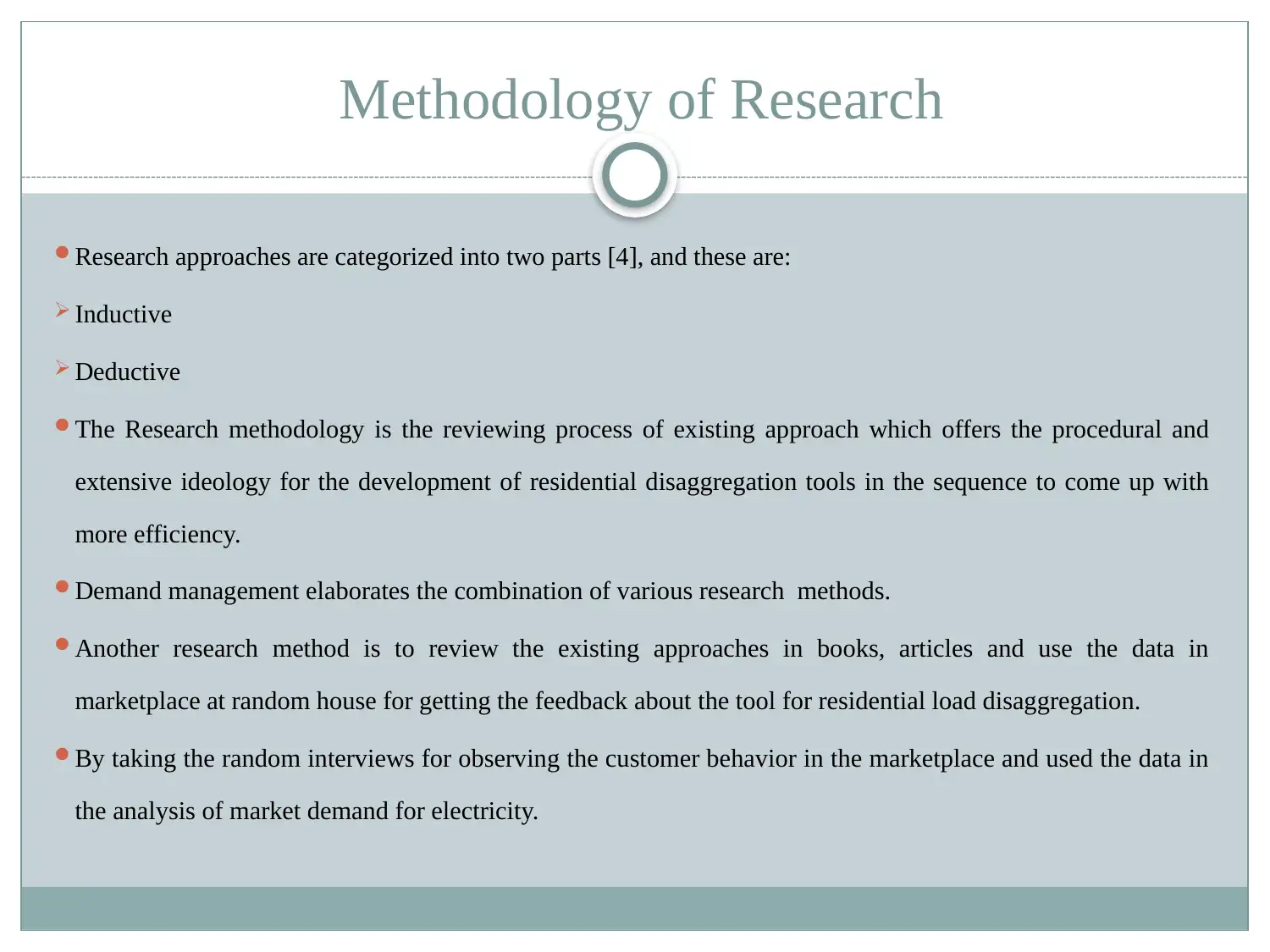
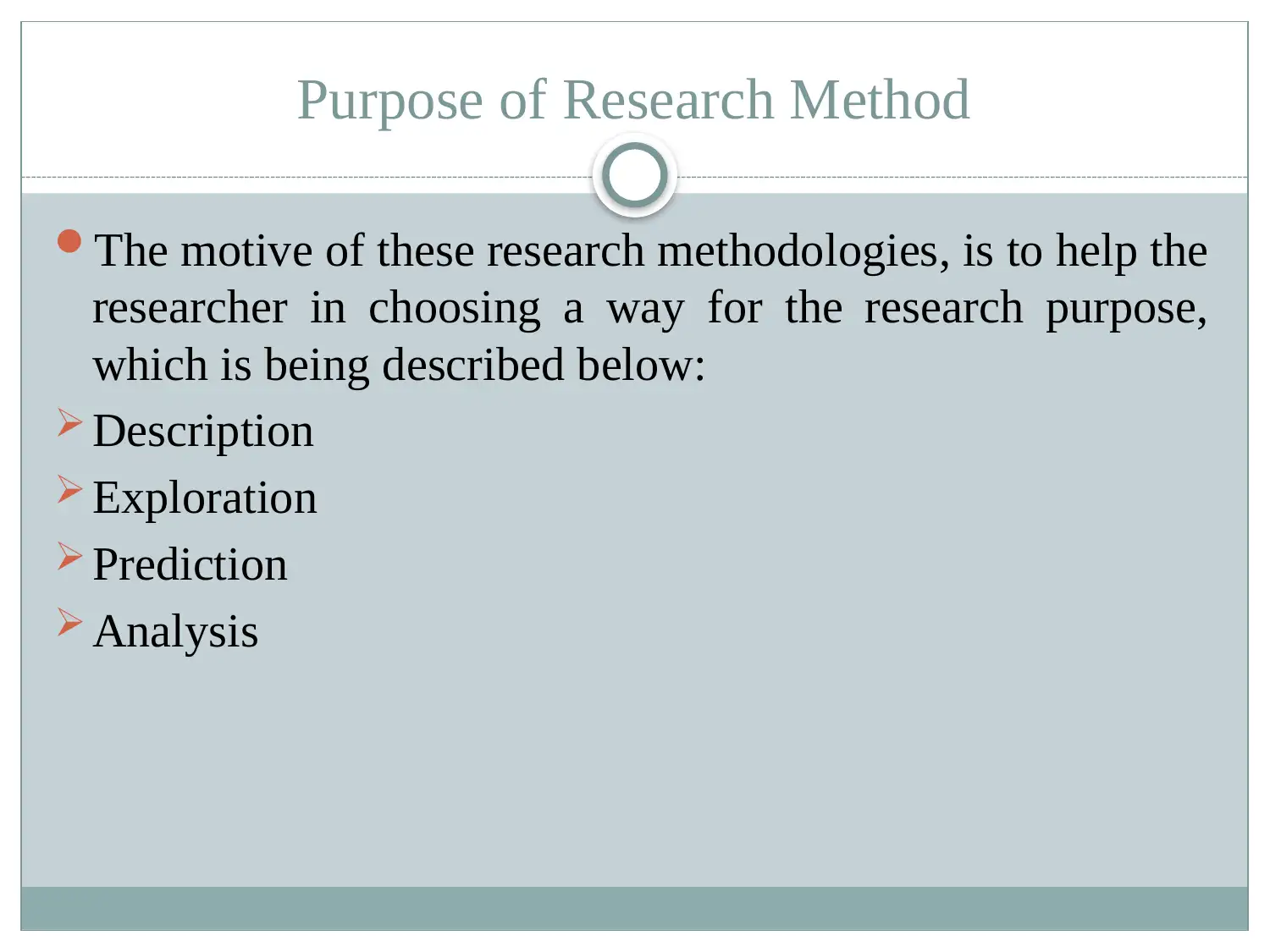
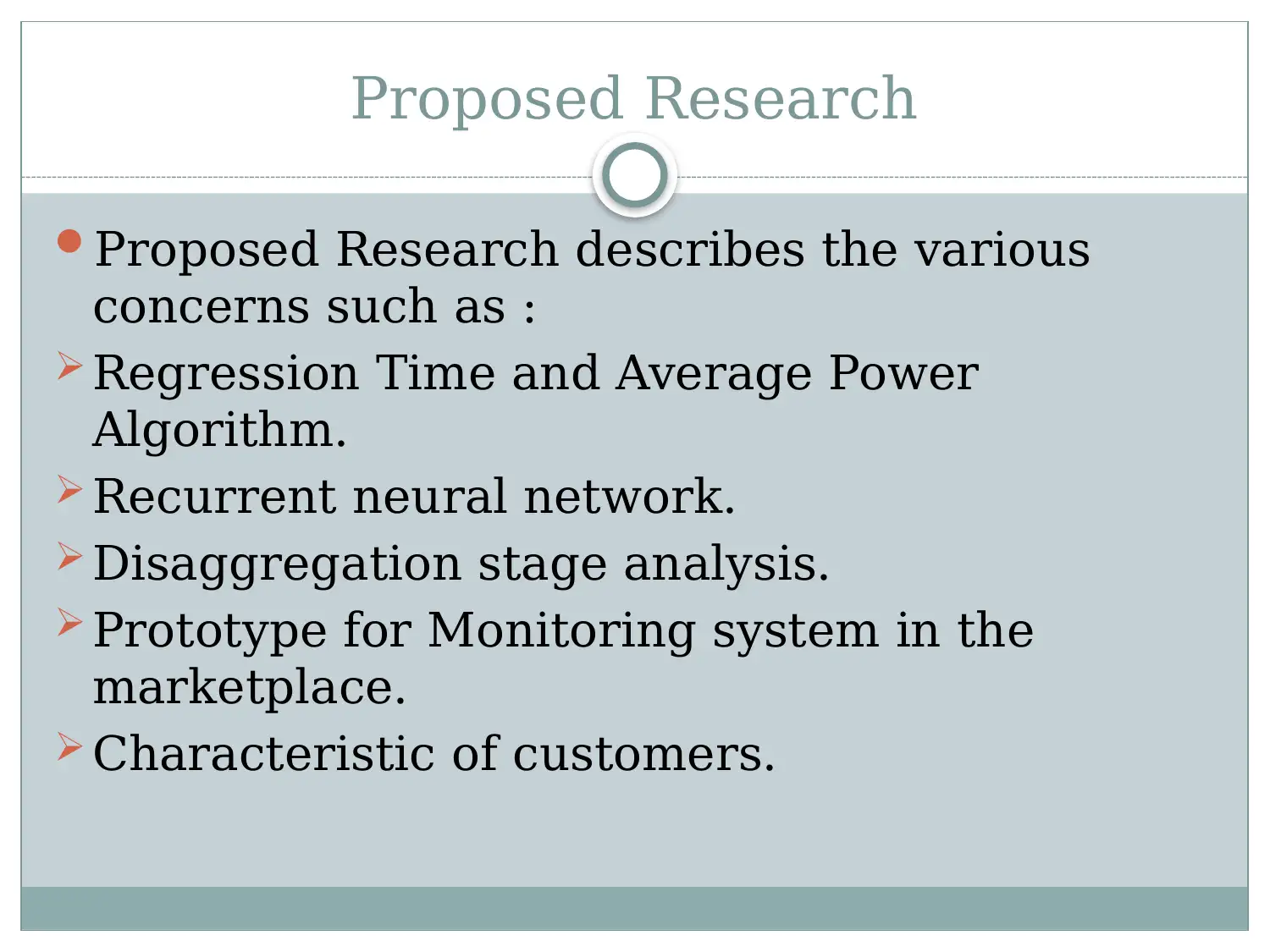
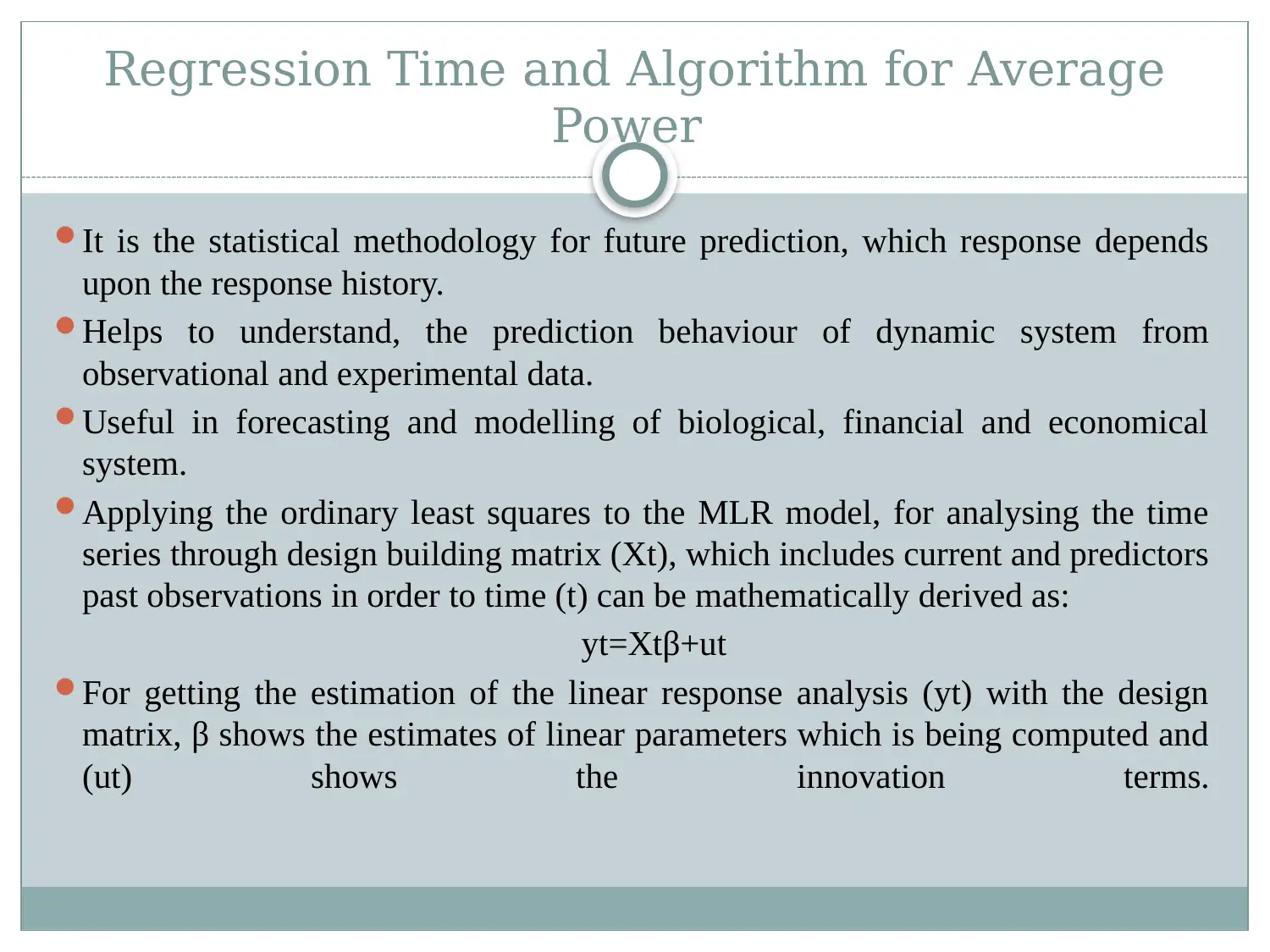
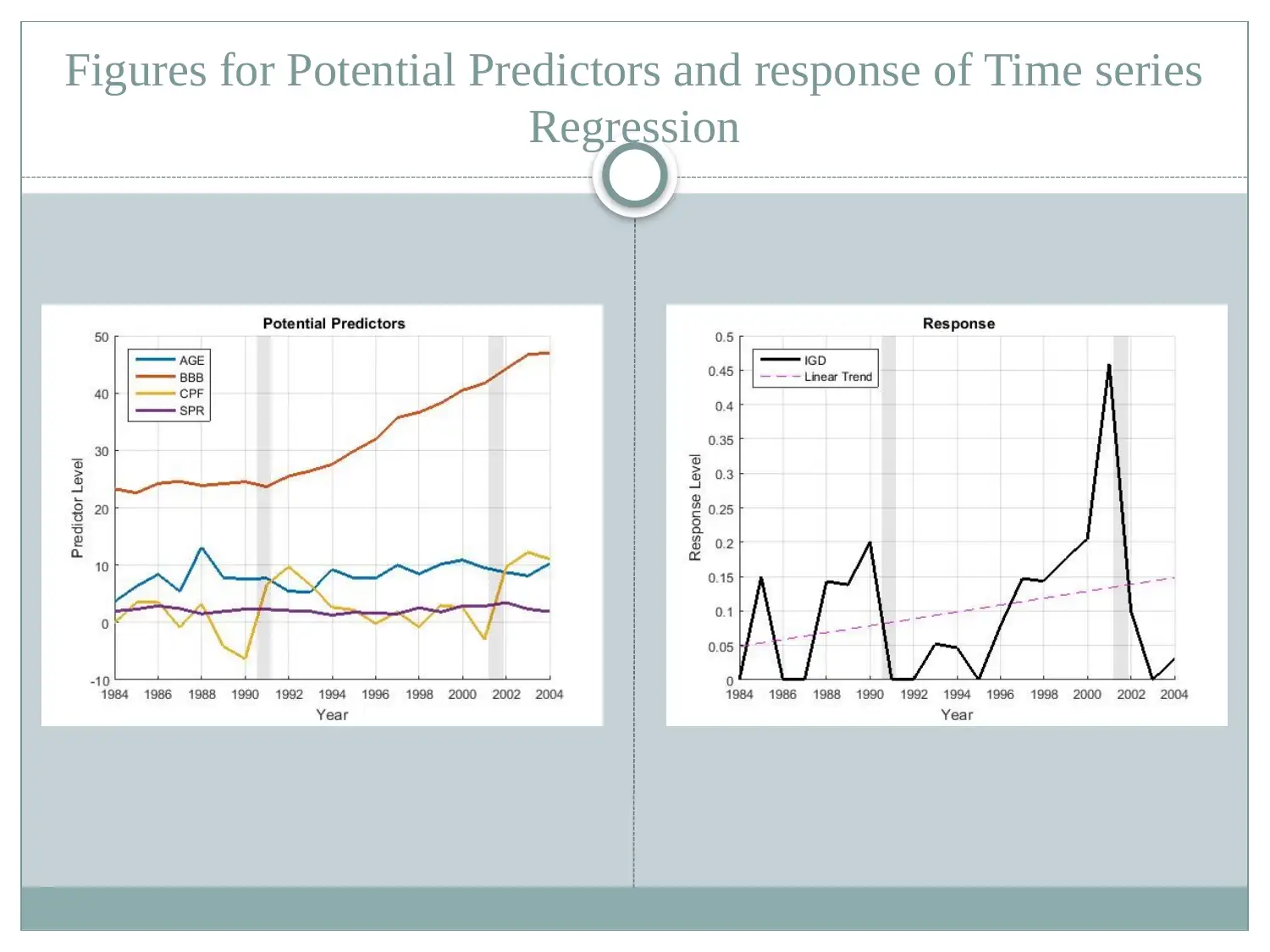
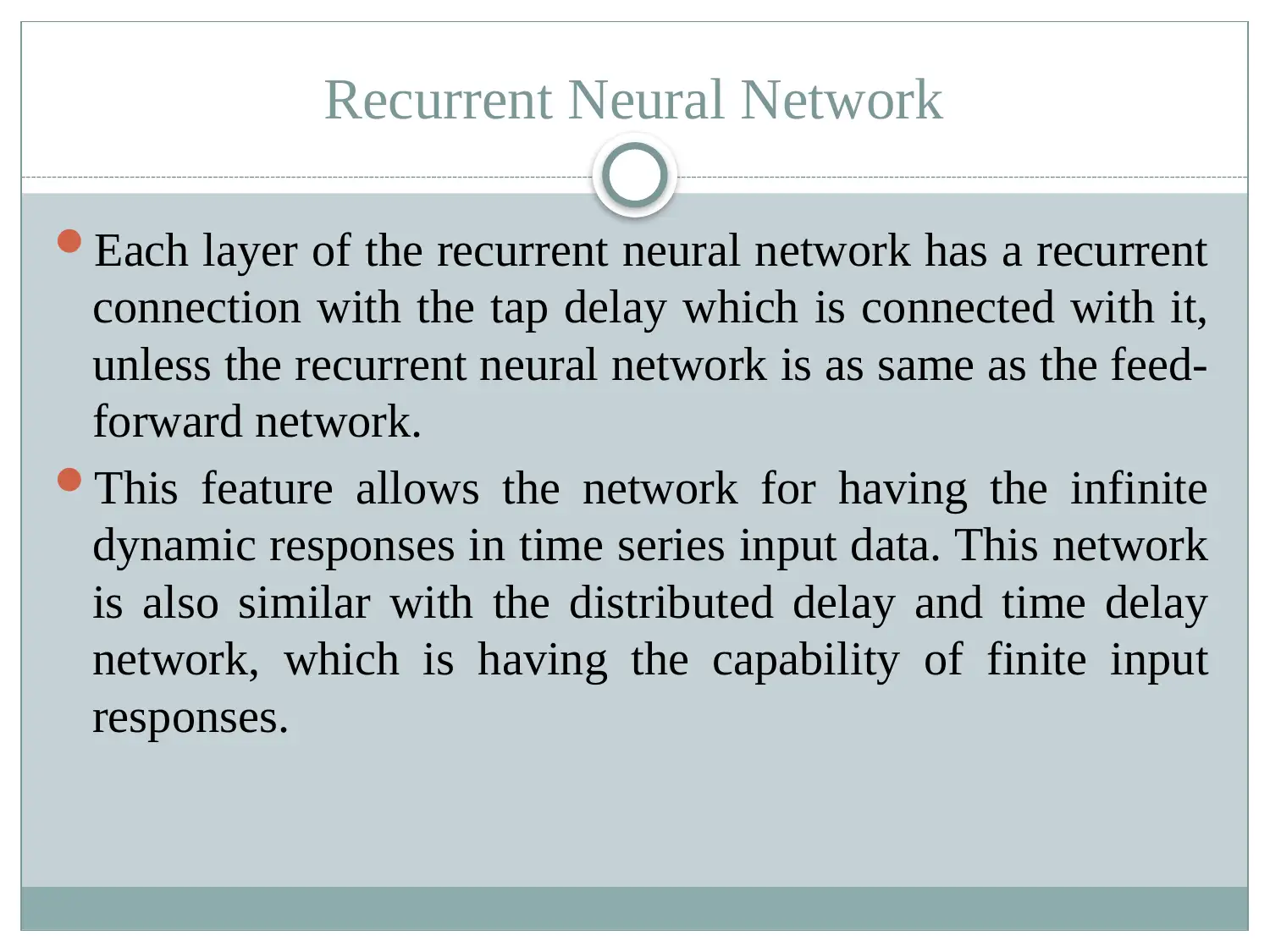
![[object Object]](/_next/static/media/star-bottom.7253800d.svg)